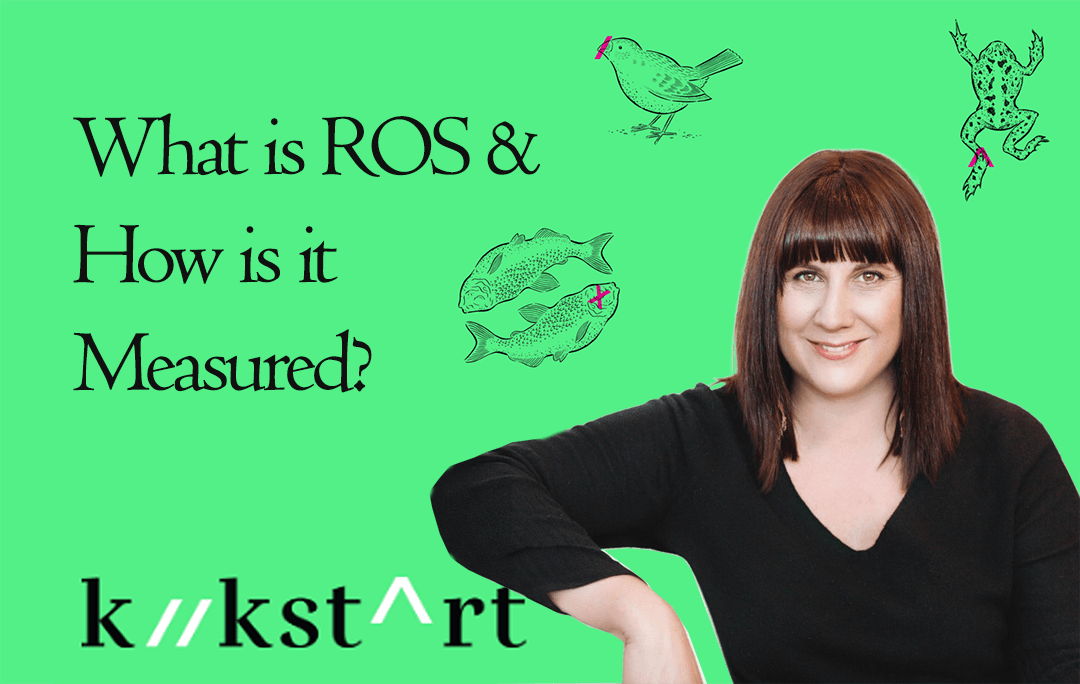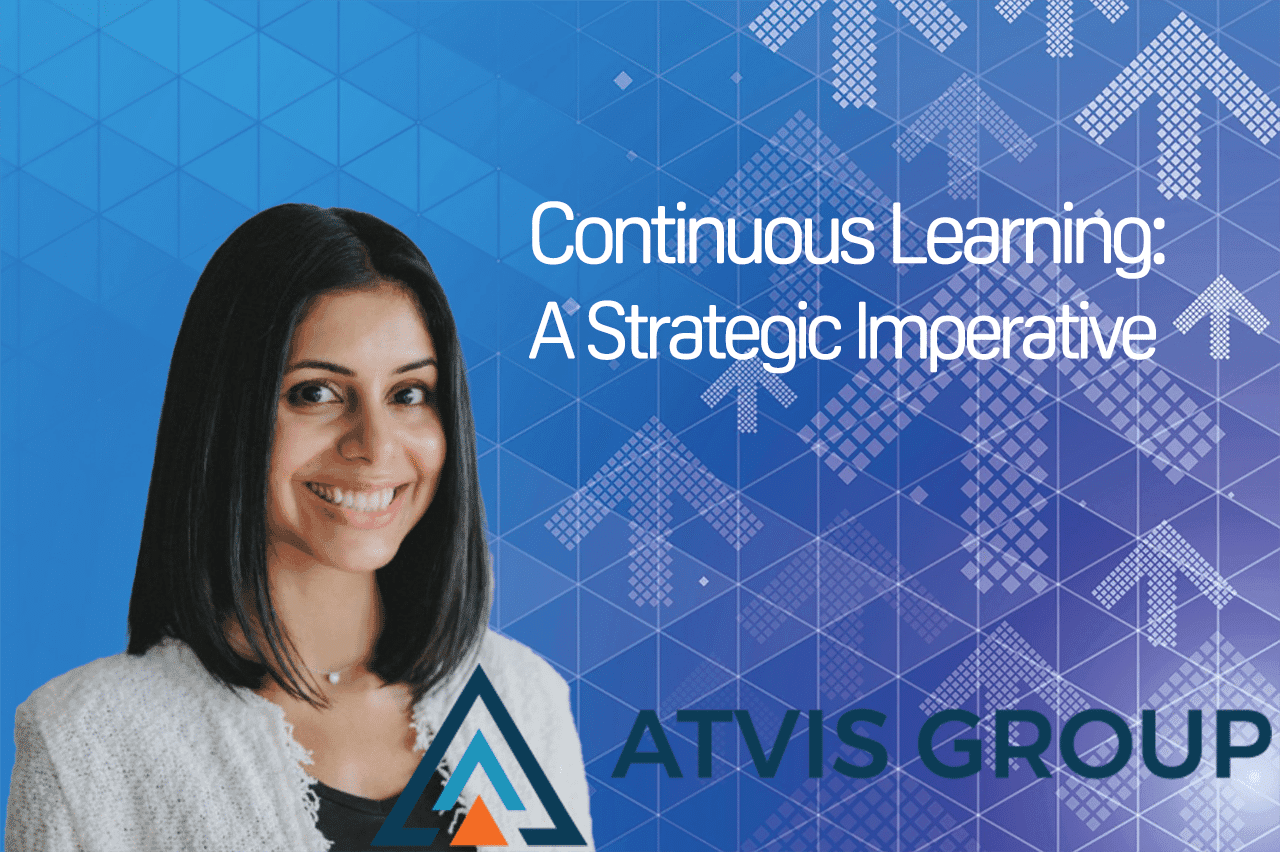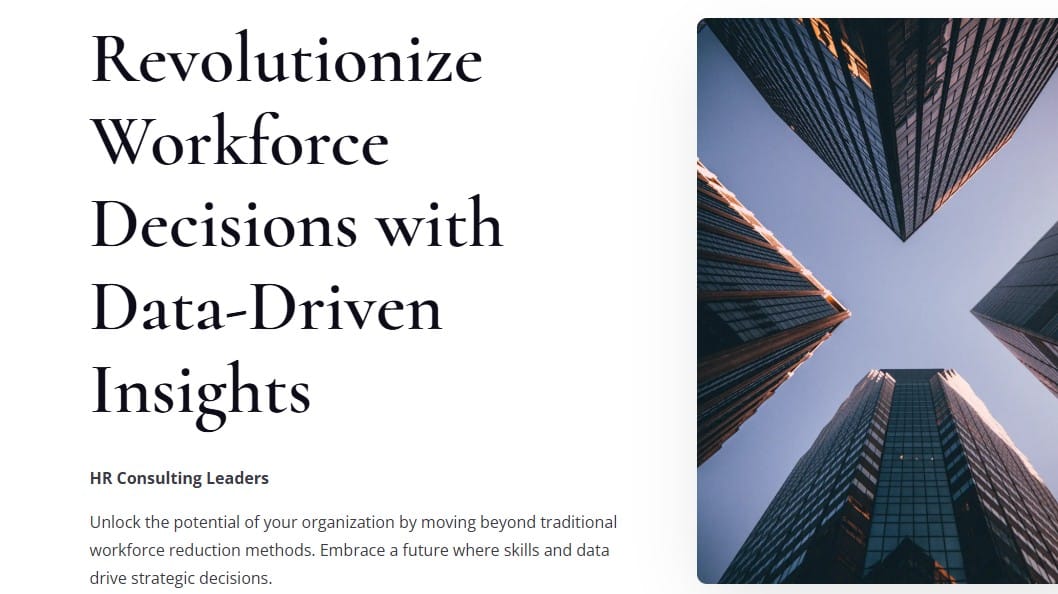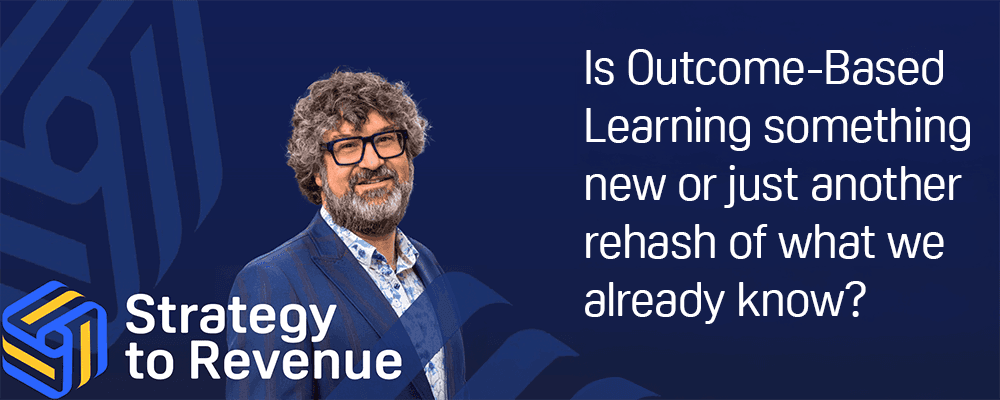Maximize Your Team's Capabilities with Targeted Learning
What is ROS and How is it Measured?
Learning and Development, and in particular skill development, continues to receive lots of attention, investment and airtime but often falls short of expectations in terms of delivering measurable results.
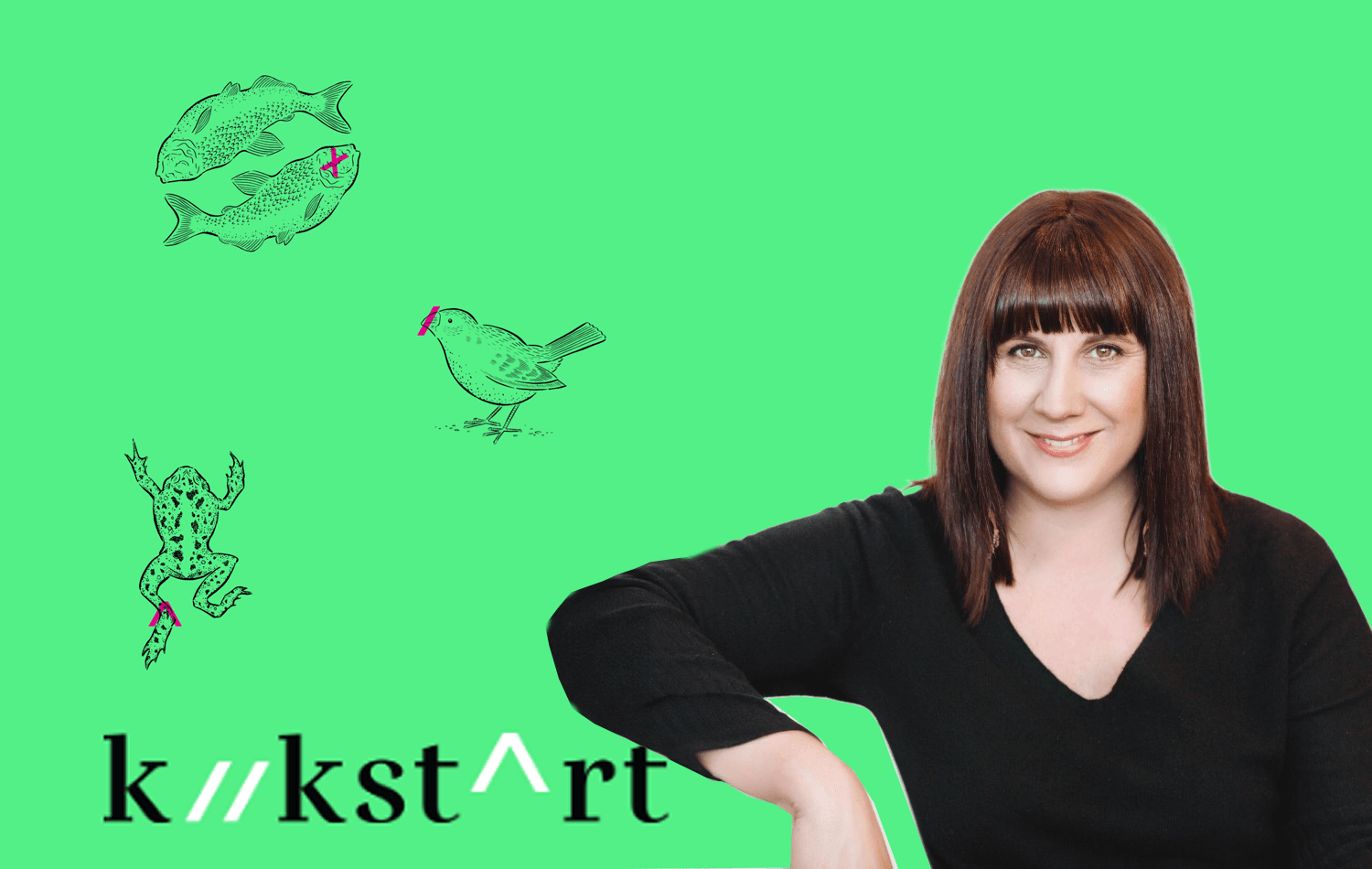
Guest Blog Post
Ali Uren, Founder, Kiikstart
Ali Uren is the Founder of Kiikstart and Designer of The Circular Workplace.
A dynamic force in tackling organizational brain drain, Ali serves her clients by designing smarter skill sets and cultivating a culture of shared wisdom. She is dedicated to empowering purpose-driven brands with the tools to transform work challenges into opportunities. Her innovative approach centers around achieving a Return on Skills (ROS) by capturing lessons learned and repurposing collective wisdom to drive both people and commercial success.
Ali’s proprietary method, The Circular Workplace, ensures that valuable insights are not lost when employees leave, fosters the development of entrepreneurial skills across all roles, and encourages teams to take ownership of outcomes and impacts collaboratively. Through strategic live project roadmaps and a continuous learning environment, Ali enables organizations to convert threats into growth opportunities. With a proven track record of partnering with over 200 brands and developing over 2000 individuals, Ali’s impact is evident in her projects’ consistently high completion and success rates. Her commitment to innovation and collaboration extends beyond Australia as she explores global opportunities to help more organizations leverage their innate potential.
Emphasis on Measurability
Traditional approaches see a ton of wasted investment and disengaged people left in the wake of missed opportunities and false promises. Kiikstart designed ROS (return on skills) specifically to measure both outcomes and impacts generated from skilling/re-skilling and up-skilling.
Not only from a people perspective but also from a commercial perspective.
And while ROI and even ROE (return on education) is referred to in the industry, both miss the mark when it comes to the unique space that is skill development. To effectively measure ROS, we focus on the durable outcomes and impacts delivered by skill development both in terms of people and commercial.
So, what’s the difference between the two interconnected factors?
Outcomes
Are the technical skills and knowledge things that people are familiar with? Do they know what it looks like in their workplace?
It’s visible and apparent early whether you can perform a skill to the agreed standard.
Or as it’s referred to in the “training” industry, whether they are competent or not.
Impacts
These, at first, don’t seem so obvious, but these are the changes in actions, behaviors, mindsets, and attitudes (even language). These impacts largely determine if the outcomes generated from skill development will be durable over time and deliver on expectations. It’s within impacts that you’ll see relationships evolve, quality and productivity improve, and people connect differently to their roles.
With measuring impacts, we are moving beyond simply what is being delivered in terms of skill and focusing on the unique style and manner in which people deliver them in their roles. We must change the mindset and attitude around how the two interconnect as they are traditionally looked upon by leaders as one or the other.
In fact, it’s not one or the other, but both, and it always has been. The need for greater measurability and ownership over what value is created across the organization has only made this even more relevant. And this also means greater visibility over what is being learned and the direct value this generates at individual and organizational levels.
ROS is looking at the impact of skills both technical and human/power skills in non-obvious areas including:
- Behavior/mindset/attitude
- Changes in individual actions as well as collective actions as a team
- Language and words used by people – the evolving style and manner of communication
- The style and manner in how people deliver their role
- How people show up each day and for each other
- The relationships between people and how those relationships are cultivated in the workplace
- Willingness and ability to take on new challenges/ new roles/opportunities and increase the level of open-mindedness
Key Components of Measuring Return on Skills
How We Capture Return On Skills - ROS
Leaders can’t measure outcomes and impacts unless they re-design the conditions, environments, and relationships accordingly. The reality is that skills do not operate in a vacuum; from my experience, it always starts with roles.
Gallup research indicates that a significant portion of employees are unclear about what is expected of them at work. Since 2021, less than half of employees say they know what is expected of them.
It’s hard to make that impossible and deliver measurable outcomes and impacts when you don’t even know the goals. To ensure ROS, leaders and teams need to make time and space to reconnect with people’s roles as they relate to both departmental and broader organizational goals. This is an overlooked area in the broader implementation of L & D initiatives but a critical factor in determining a successful result.
It’s common practice that roles are not designed to deliver the desired or expected outcomes and impacts both from an individual and organizational perspective.
One of the first actions is to have Leaders and their people review and co-design the type of roles that are made to give ownership while also measuring what’s being delivered.
Role deliverables are mapped directly back to specific individual, departmental, and organizational goals connecting the L & D dots in the process.
This co-designed role process between Leaders and their people includes key areas like:
- What’s currently in your role that will help you achieve these goals?
- What’s not relevant to achieving these goals and needs to be removed?
- What’s still relevant in your role but needs to be re-designed to add additional value?
- Where are the current roadblocks to delivering on these goals, and how can we work together to remove them?
To remove hesitation and ambiguity, it’s important that leaders and their people clearly define what the measurement process will look like early in terms of skill development and the broader L & D function.
When we are investing in skill development, we must get agreement from all parties in terms of:
- How does the person want to use their newly acquired skill/skill set in their day-to-day role?
- What specific organizational and departmental goals do these skills/skill sets help achieve?
- What outcomes and impacts do they expect to deliver from acquiring these skills/skill sets?
- How will they measure outcomes and impacts ongoing? What will it look and feel like for them, the team, and the broader organization?
Note that these discussions are being held before the decision to invest in any L & D initiatives is made.
It's a Collective Effort
ROS focuses on both individual effort and that of the team. Before commencing projects, teams, including Leaders and Managers, work together to determine and agree on the following:
- What outcomes are to be achieved?
- What the expected impacts of these outcomes will be?
- What and to whom do these impacts relate to?
- Timeframes to deliver in?
- Team agreement on what “great” looks and feels like in terms of ROS.
Once skills/ skill sets have been delivered, agree on what changes we expect to see in terms of:
- Levels of employee productivity in current roles
- Mindset and attitude
- Behaviors and action
- Interpersonal relationships – interconnectedness
- Different uses of technology and AI
- Quality of work produced
- Ability to create commercial opportunities from gaps, threats and risks
- Levels of strategic and critical thinking
- Use of creative and entrepreneurial concepts
- Improvements in the customer experience
- Increases in staff retention
- Ability and speed for people to transition into new roles or functions – and be considered “productive.
Throughout project implementation, measuring return on skills is continuously undertaken via various checkpoints:
- Regular team sessions where actions are reviewed and the outcomes and impacts assessed. Note that the team and each person review the above to evaluate the return on skills at any moment. Any challenges and roadblocks are identified in real-time without delay.
- Team sessions where the project plan and innovation capability review are assessed in terms of what outcomes have been delivered and the impact of these outcomes.
- Quarterly one-on-one reviews and reflection between each person and their Leader and Manager – not waiting 6, 12 months to assess ROS. These sessions assess individual progress related to the personalized L & D plan, for which ROS is a key component for review.
ROS is Measured Against 7 Main Sources
1
Specific role deliverables
2
Personalized L & D plans
3
Org goals
4
Project plan goals
5
Actions set within team self-reflection
6
Conduct Individual Reviews
7
Strategic workforce planning
You Cannot Measure What You Don't Create
Unfortunately, organizations have failed to create measurable results because often there is a gap between gaining the skill/skill set and experimenting as part of daily role delivery. This void impacts learner momentum, resulting in the waste of any skills acquisition.
To overcome this, we need to create cultures of learning and doing and seeing skills experimentation as high-value work. At the moment, the lack of space and time invested in the pursuit of experimentation would indicate we have some work to do, but this also means there is genuine opportunity for the organizations willing to invest.
We maximize ROS when we create intentional ways to leverage skills, and this is dependent on the people and commercial goals to be delivered; it is personalized to the organization and specific skill and/or skill set.
This can be done through a series of proven performance and knowledge-based activities that are embedded into roles and, for example, can include:
- On the job observation or undertaking the skill
- Designing a product that is used back in the workplace.
This can include:
- designing a new process or system
- creating a new workflow
- a piece of communications or marketing
- creating a document
- designing a website
- creating a piece of code
- using AI to deliver new efficiencies in a role
- writing a strategic or operational plan
- creating and delivering a visual presentation
Final Thoughts
Learning and Development is a verb that can only be valuable and ultimately bring measurable results when we take action. This requires a fundamental shift in how we think about the Development of our people and relegating “training” to the past. It also requires a systemic change in how we design our organizations and people’s workplace reality.
ROS is a solid foundation from which to launch. When designed differently, Learning and Development is a robust strategic and financial driver with both the people and the organization’s commercial success at its core.



